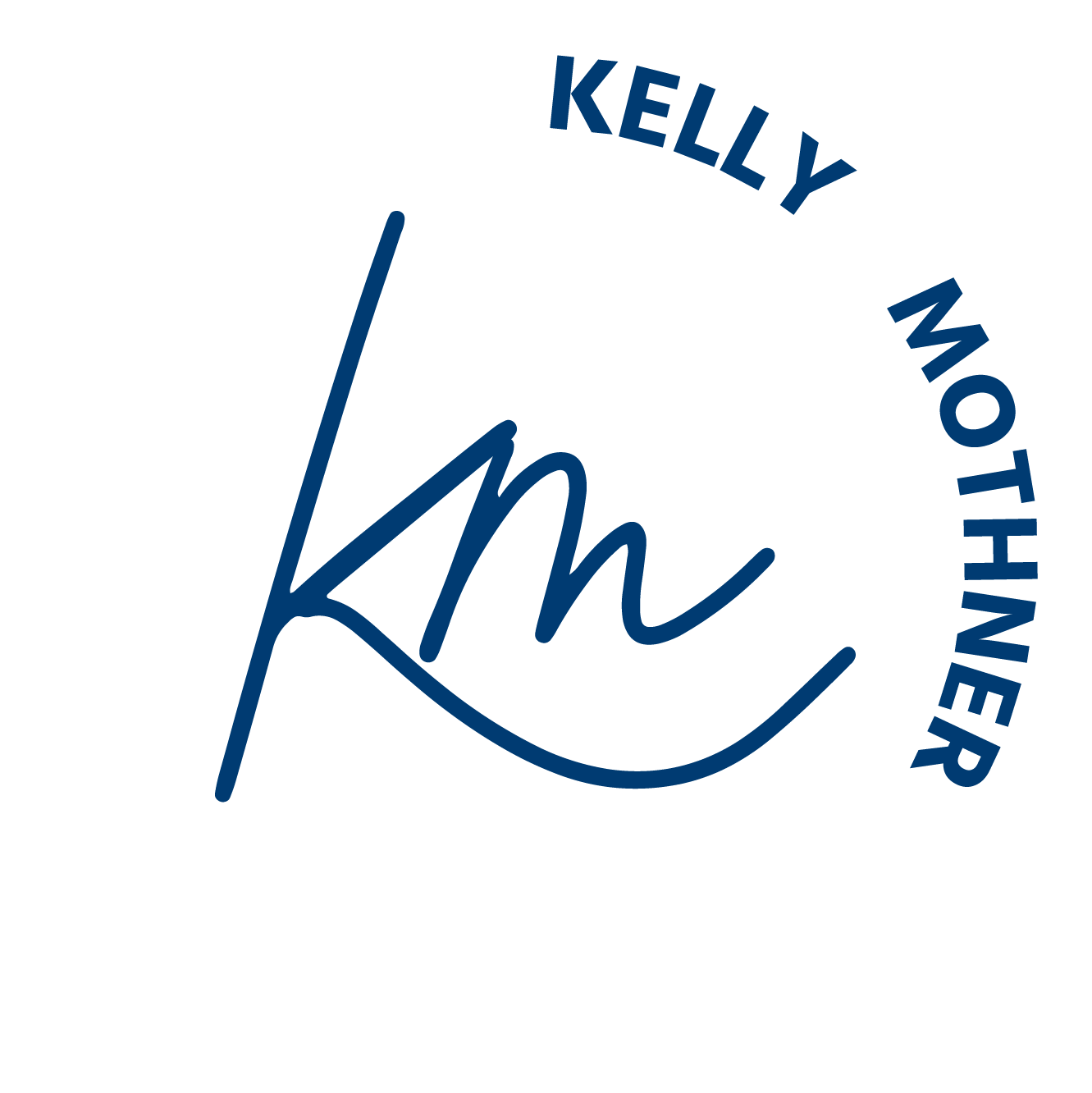How To Effectively Use Breath To Self-Regulate
In my previous blog I discussed the importance of regulating our breath in times of stress. When we are faced with stressful situations, our breathing becomes stressed too and we automatically begin breathing fast and shallow in the confines of our chest. When we are relaxed, we engage in relaxed abdominal breathing consisting of slow, deep, calm breaths that are inhaled and exhaled through our diaphragm and abdomen. By becoming more familiar with the two different types of breathing we can influence our breath and reduce stress by sending signals to our parasympathetic nervous system (the one in charge of resting) to calm our sympathetic nervous system (the one in charge of fight or flight). But how do we do this?
As a leading Hermosa Beach therapist, I often practice breathing exercises with my clients to help them more effectively cope and self-regulate in times of stress. Below I have outlined some of the breathing exercises that I do with my teen, young adult, and adult therapy clients so that you too can learn how to change your breath from stressed chest breathing to relaxed abdominal breathing and thereby reduce chronic activation and stress in your life.
3 Breathing Exercises To Help Calm Your Sympathetic Nervous System
- Breath Awareness – Being mindful and aware can help us gain perspective and accept our experiences and work through them. By being aware of our breath, we are able to turn it into a valuable resource that can help us more effectively deal with stress.
Laying flat in a relaxed position, take 5-10 minutes to do a deep inquiry of your breath. Give yourself a couple minutes to relax and take a few deep, cleansing breaths. As you breathe, start to be curious and take note of the following:
- Location of the Breath
- Origin of the Breath
- Frequency of Breath
- Phrasing of the Breath
- Texture and quality of Breath
- Depth of the Breath
- Subtle Body Movements
While bringing awareness to the above, do not attempt to change the pace or intensity of your breath. Simply bring your attention to you breath and observe the way it changes naturally throughout the exercise.
- Reset Breath – This is a quick and simple exercise that can help clear the mind, help us come back to center, and ground us in the present moment.
In a comfortable seated position with your spine straight and supported, both of your feet flat on the ground, and your eyes closed, take two to three deep, cleansing breaths in though the nose and out through the mouth. Don’t force the air out of your lungs when you exhale, rather allow the exhale to be loose and free. Your belly should also feel relaxed and unrestricted. Next, in the same seated position, place one hand on your upper chest and the other on your lower abdomen and take 10 full, open breaths without pausing. On your final breath, hold your inhale at the top for 5-7 seconds and then let it go, releasing all of your stress, tension, and toxins.
 Combat Tactical Breathing – Used by first responders, the military, and athletes, combat tactical breathing allows us to gain control of our breath and manage stress, worry, and anxiety.
Combat Tactical Breathing – Used by first responders, the military, and athletes, combat tactical breathing allows us to gain control of our breath and manage stress, worry, and anxiety.
While sitting or laying in a comfortable position, breathe in counting 1, 2, 3, 4. Stop and hold the breath at the top counting 1, 2, 3, 4. Then, exhale counting 1, 2, 3, 4. Repeat this simple exercise 3-5 times or as many as you need to feel relaxed and calm again.
Practice Breathing Exercises With Your Hermosa Beach Therapist
Learning how to influence your breath takes a lot of time and practice. I use these exercises with teens, young adults, adults, and couples to help them better self-regulate in times of stress so they can live a happier, healthier lives. If you have any further questions regarding the exercises above, why it is important to influence your breath, or how to practice these exercises, contact me today by calling 310.892.2572 or email me. I look forward to meeting you!



